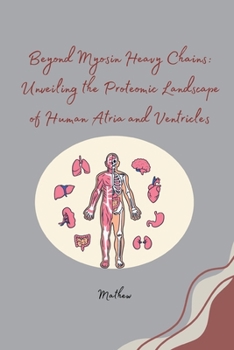Beyond Myosin Heavy Chains: Unveiling the Proteomic Landscape of Human Atria and Ventricles
While CAV1 expression in cardiomyocytes has remained controversial,18,19,20,21 CAV1 knock-out mice were associated with a phenotype of cardiac hypertrophy.100,101 Importantly, the hypertrophic heart changes in CAV1 knock-out mice were solely related to cardiac fibroblasts and endothelial cells.100,101 Since CAV1 was shown to inhibit the enzymatic nitric oxide synthase (NOS) function through direct protein interactions102, it is interesting that increased nitric oxide (NO) levels were identified in fibroblasts and endothelial cells of CAV1 knock-out mice.100,101 Chronically increased NO levels may induce fibrosis,103 which was proposed to cause myocardial hypertrophy.104 Moreover, CAV1 knock-out has been shown to decrease left-ventricular conduction velocity through decreased connexin-43 expression.105 Connexin-43 is essential for electrical coupling between myocytes at gap junctions106 In addition, a progressive cardiomyopathy at 4 months of age with significant hypertrophy was shown in CAV3 knock-out mice.107 T-tubule disorganization and a decreased T-tubule density were observed by confocal microscopy in isolated ventricular cardiomyocytes from CAV3 knock-out mice.108 Consistent with T-tubule remodeling in heart failure,109 fewer transverse and more longitudinal tubules were documented in CAV3 knock-out cardiomyocytes.108 Therefore, reorganization of T-tubules due to CAV3 deficiency was proposed to impair E-C coupling.108
Format:Paperback
Language:English
ISBN:338425449X
ISBN13:9783384254498
Release Date:June 2024
Publisher:Tredition Gmbh
Length:132 Pages
Weight:0.45 lbs.
Dimensions:0.3" x 6.0" x 9.0"
Customer Reviews
0 rating





